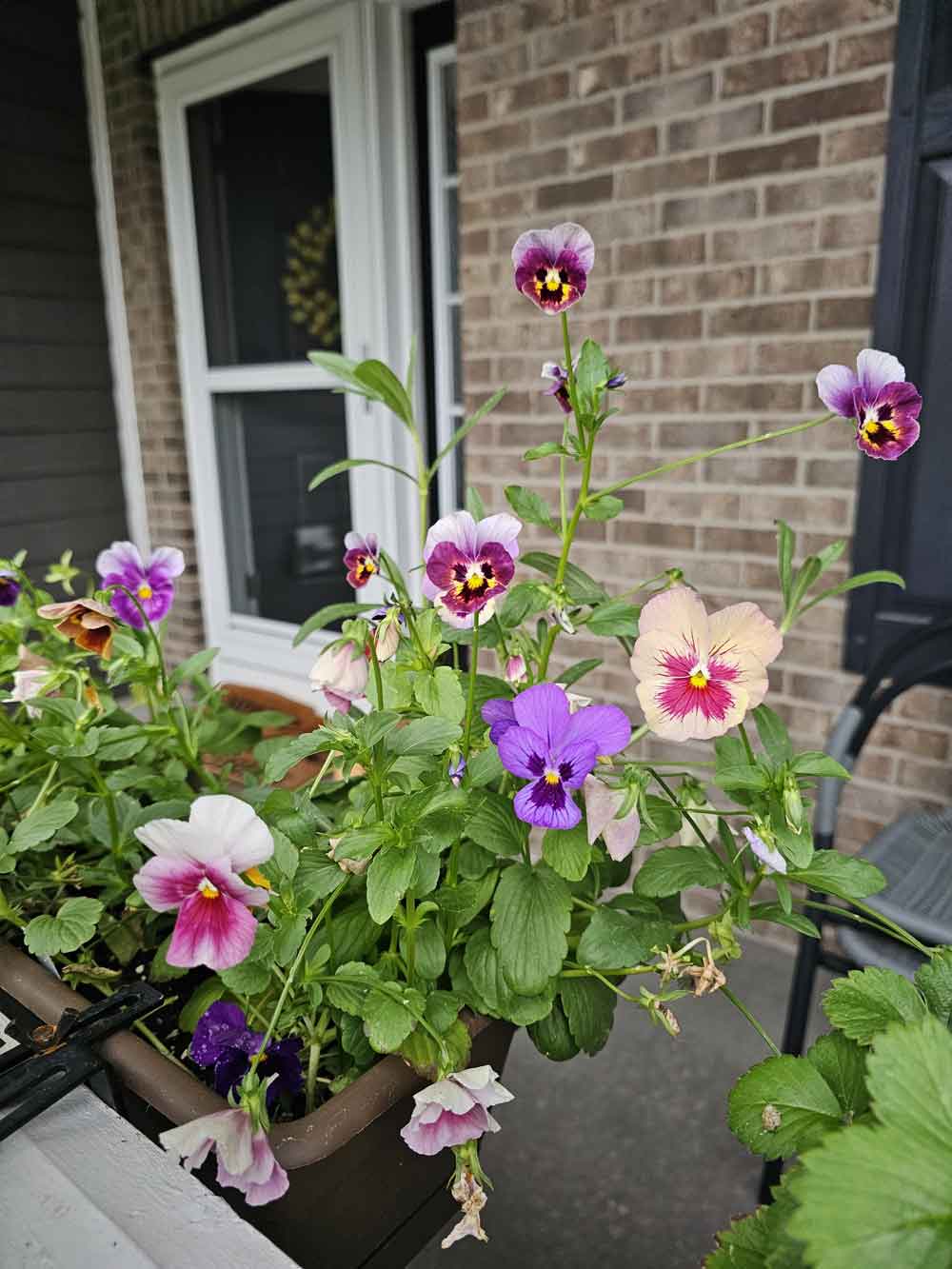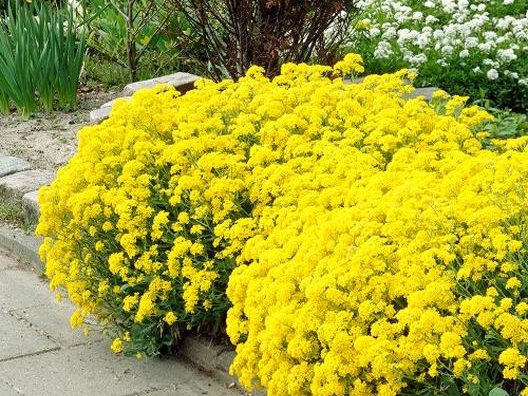About Pansies
Pansies are annuals or short-lived perennials, growing to be six to twelve inches tall, depending on the variety. These gorgeous blooms grow in shades of yellow, red, mahogany, blue, purple, pink, orange, white, and black!
When to Plant Pansy Seeds
Start seeds indoors about 10 to 12 weeks before the last frost date. In warmer climates, sow your pansy seeds in late summer or early fall for blooms throughout the fall, winter, and early spring.
Where to Plant Pansy Seeds
Pansies are a part shade lover, and is best grown in fertile, moist, well-drained soils with a pH of 5.8-7.2. They can tolerate full sun in cool climate areas. Add mulch to keep the soil cool and moist.
How to Plant Pansy Seeds
It may seem counterintuitive, but not all seeds should be exposed to light! Pansy seeds require darkness to germinate, so make sure the seed is completely covered when planting. Learn more about germination light requirements here.
Sow seeds about 1/4″ deep and cover lightly with peat moss, as darkness is required for germination which typically happens within 7-10 days after sowing. Keep the soil evenly moist and maintain temperatures between 65°F and 75°F. You can move your seedlings into your outdoor garden after all threat of frost has passed. When transplanting into your garden, seedlings should be spaced 9 to 12 inches apart.
How to Care for Pansies
Deadhead flowers to prolong flowering season and use a balanced liquid fertilizer about once a month. Cut back leggy plants to revitalize. Be mindful of pests and act quickly to avoid plants damage. Common pests include slugs, snails, spider mites, and powdery mildew. Fortunately, pansies are deer resistant.





